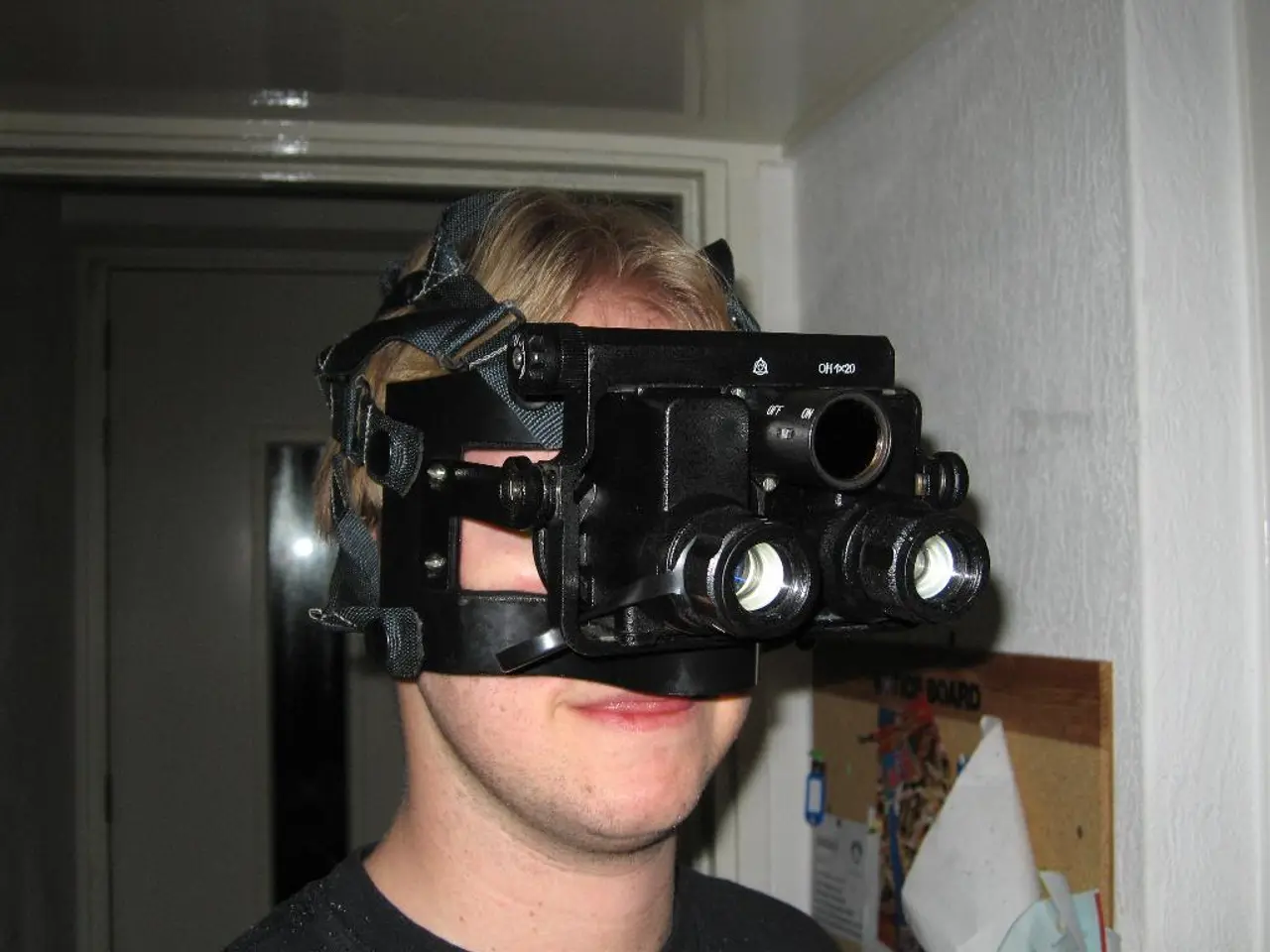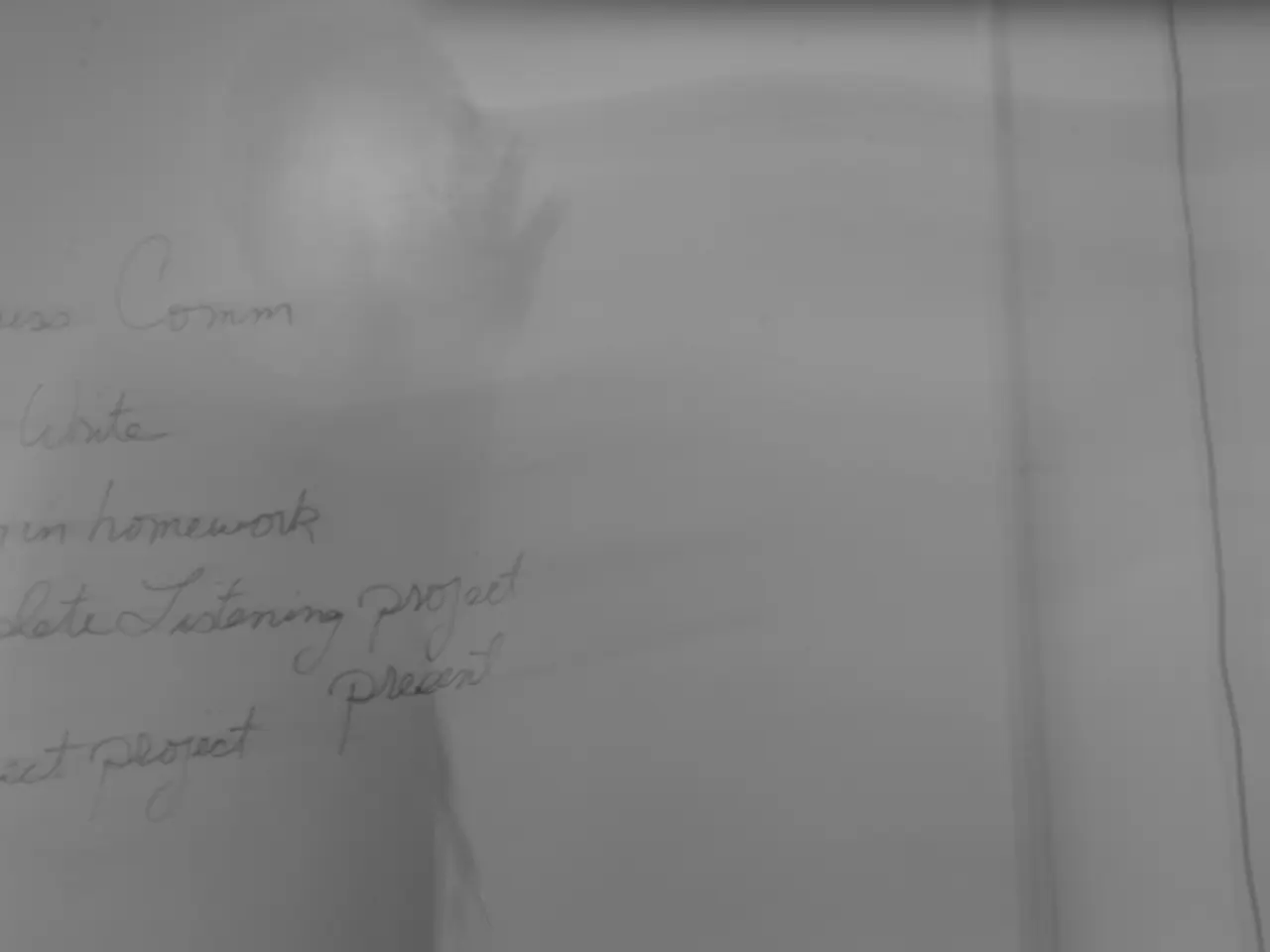Exploring the Frontiers of Filmmaking: The Impact of Virtual Reality Movies
Virtual Reality (VR) films are shaking up the world of cinema, offering an immersive experience that traditional cinema can't match. VR films allow viewers to become active participants in the story, breaking down the fourth wall and creating a participatory experience.
Innovations in VR Filmmaking
The journey through the evolving world of VR films is both exhilarating and fraught with unique hurdles. To overcome these challenges, key innovations have emerged.
Advanced VR Camera Techniques
Advanced VR camera techniques, such as smooth translational motions and object-centric rotations, guide narrative flow and maintain spatial clarity in immersive experiences. These techniques, tailored to VR’s unique viewing environment, help manage viewer focus and experience comfort during perspective shifts.
Immersive Media Integration
Immersive media integration, including VR combined with augmented reality (AR) and AI-driven tools, enables filmmakers to create engaging, interactive narratives that place the audience at the centre of the story. This technology allows exploration within the VR space, deepening emotional connections.
Virtual Production Technologies
Virtual production technologies, such as micro-LED screens with finer pixel pitch, improve the realism and immersion of virtual environments, enhancing the viewer’s sense of presence within the VR film.
Narrative Design Innovations
Narrative design innovations, through embedding visualizations and adaptive camera techniques, translate traditional cinematic language into VR storytelling frameworks. This includes the deliberate management of viewer focus and experience comfort during perspective shifts.
Multisensory Storytelling Elements
Multisensory storytelling elements in immersive media, which use not just visuals but spatial sound, interactive space, and haptic feedback, deeply engage viewers emotionally and cognitively, making them active participants rather than passive observers.
These innovations contribute to transforming audience engagement by enhancing perceptual immersion, narrative comprehension, and emotional connection in VR filmmaking, resulting in deeply participatory and memorable storytelling experiences.
Key Elements of VR Films
Key elements of VR films include 360-degree storytelling, interactive plotlines, enhanced emotional engagement, and cutting-edge technology. Spatial Audio in VR films enhances the immersive experience by directing sound from specific directions.
Advancements in technology are steadily reducing costs and increasing accessibility, paving the way for a more diverse range of voices in the VR filmmaking space. VR films are breaking the barriers of conventional storytelling, offering limitless possibilities for creative expression.
However, one of the most significant challenges is the development of immersive storytelling techniques for VR. Directors and screenwriters are exploring new ways to engage viewers by integrating interactive elements and nonlinear narratives in VR films.
The potential for innovation is vast, with possibilities ranging from interactive storytelling to multi-sensory experiences that can redefine what it means to watch a film. The dawn of Virtual Reality films is revolutionizing the cinematic experience, immersing audiences in ways previously thought unimaginable.
- Advanced VR camera techniques, such as smooth translational motions and object-centric rotations, are crucial in VR filmmaking, as they guide the narrative flow and maintain spatial clarity in immersive experiences, thus improving viewer focus and comfort.
- Immersive media integration, which combines VR with augmented reality (AR) and AI-driven tools, allows filmmakers to create engaging, interactive narratives, placing audiences at the center of the story and deepening emotional connections.
- Virtual production technologies, like micro-LED screens with finer pixel pitch, significantly improve the realism and immersion of virtual environments, helping to enhance the viewer's sense of presence within the VR film.
- Narrative design innovations, using visualizations and adaptive camera techniques, translate traditional cinematic language into VR storytelling frameworks, managing viewer focus and improving overall experience comfort during perspective shifts.
- Multisensory storytelling elements, encompassing spatial sound, interactive space, and haptic feedback, deeply engage viewers emotionally and cognitively, transforming them into active participants rather than passive observers in the VR film.
- 360-degree storytelling, interactive plotlines, enhanced emotional engagement, and cutting-edge technology are key elements of VR films, with spatial audio adding to the immersive experience by directing sound from specific directions.




